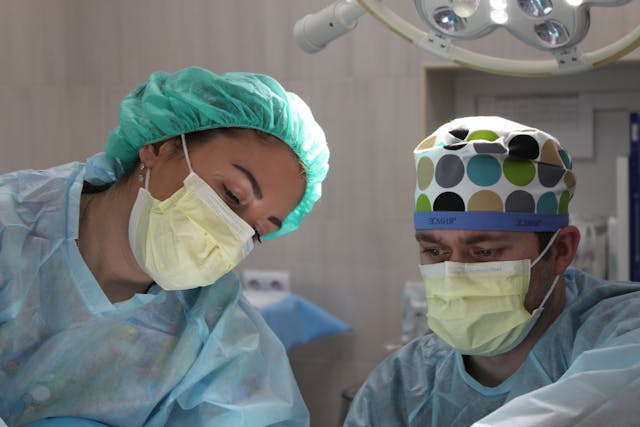Cataract surgery is one of the most frequently performed procedures, significantly enhancing patients’ vision and quality of life. Due to continuous advancements in medical technology, a range of surgical techniques are available to treat this condition. Ophthalmologists play a key role in evaluating each individual’s unique health profile, guiding them toward the most appropriate surgical option. This article will provide an overview of the most common eye surgery methods, along with key considerations to help patients make informed decisions.
Phacoemulsification
Phacoemulsification is the most widely employed technique for cataract surgery. It is a minimally invasive procedure where ultrasound technology is used to break apart the cloudy lens. This lens is then removed through a small incision. This technique enables surgeons to insert a new foldable intraocular lens (IOL) through the same incision, reducing the need for sutures and promoting faster recovery. Phacoemulsification has demonstrated high success rates and is suitable for most individuals with cataracts.
Femtosecond Laser-Assisted Cataract Surgery (FLACS)
Femtosecond laser-assisted techniques (FLACS) utilize a laser to perform steps traditionally done with a surgical blade. This technology offers precise, computer-controlled accuracy and can create incisions with more exact dimensions. Laser-assisted surgery may be ideal for patients seeking high predictability in their procedure or for those who have unique anatomical considerations. Ophthalmologists who integrate FLACS into their practice often find it beneficial for complex cataract cases. This procedure is typically more expensive due to the technology involved.
Monofocal and Multifocal Lenses
The type of intraocular lens (IOL) implanted plays a significant role in the outcomes of eye surgery. There are two main types of lenses, monofocal lenses and multifocal lenses.
- Monofocal lenses: The most common lenses for cataract. They correct vision at a single distance, typically requiring patients to use glasses for either near or far vision afterward.
- Multifocal lenses: Designed to reduce or even eliminate the need for glasses by providing vision correction at multiple distances. Some lenses, such as toric IOLs, specifically address astigmatism, offering an additional benefit for patients with this condition.
The choice between monofocal and multifocal lenses requires a thorough discussion of visual expectations, lifestyle, and budget.
Key Factors to Evaluate
When determining the appropriate cataract surgery, several factors play a role. These include the sevefrity of the cataract, general eye health, preexisting conditions such as glaucoma or macular degeneration, and individual lifestyle needs. Patients should also be briefed about potential risks, recovery timelines, and costs involved with specific techniques or lenses. Clear communication between the patient and the ophthalmologist allows professionals to tailor the procedure to suit the patient’s unique vision goals.
The Importance of Communication in Cataract Surgery
Cataract surgery offers a range of options tailored to meet the unique visual needs of each patient. For individuals seeking the most suitable approach, a conversation about their eye health and personal preferences is the first step. Ophthalmologists committed to optimizing patient outcomes can confidently integrate these options into their practice. By staying up to date with the latest advancements practitioners can continue to provide outstanding care, ultimately enhancing their patients’ quality of life.

